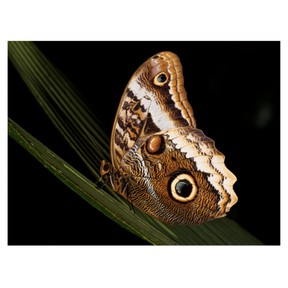
Mimicry in nature
I can recognize and understand camouflage and mimicry as types of adaptations in



8,000 schools use Gynzy
92,000 teachers use Gynzy
1,600,000 students use Gynzy
General
This lesson opens with a short video showing amazing camouflaged animals in nature. Students learn all about camouflage and mimicry in the animal kingdom. They will learn the different types of camouflage seen in nature, followed by an activity to determine if an animal is using blending, pattern, or disguise to match its environment. Students learn the difference between camouflage and mimicry. They will then have fun deciding which animal is mimicking the other, along with a practice of deciding if a creature is using camouflage, mimicry, or both. In the end, students create their own camouflaged creature for the classroom.
Standards
3-LS4-2
Learning Objective
Students will be able to recognize and understand camouflage and mimicry as types of adaptations in nature.
Introduction
Amaze your class by showing them how animals use camouflage and mimicry to increase a species' chances of survival! Watch a short video in which students try to find the camouflaged animal. Then discuss the different types of camouflage animals use.
Instruction
Introduce 3 types of camouflage: blending, pattern, and disguise, and show examples of each. Have students drag the images of different animals camouflaging to the correct category. After this, introduce and describe the different types of mimicry, Batesian and Mullerian, and explain the difference between camouflage and mimicry. Then have the class complete an activity to determine which animal is mimicking the other. Students then read a description of an animal. They will determine whether the animal described is using camouflage, mimicry, or both. Discuss briefly about mimicry used in some plants.
Quiz
Students respond to ten multiple-choice and true/false questions.
Closing
Students will select a creature to cut out carefully from a provided printable. They will then camouflage their creatures by coloring them to match a specific location of the classroom.
Instruction materials
Students will need the following items for the closing activity:
-Printable
-Crayons, pencils, markers, paint, glitter, pom poms, sequins. etc.
-Tape
The online teaching platform for interactive whiteboards and displays in schools
Save time building lessons
Manage the classroom more efficiently
Increase student engagement
Discover more!
About Gynzy
Gynzy is an online teaching platform for interactive whiteboards and displays in schools.
With a focus on elementary education, Gynzy’s Whiteboard, digital tools, and activities make it easy for teachers to save time building lessons, increase student engagement, and make classroom management more efficient.



